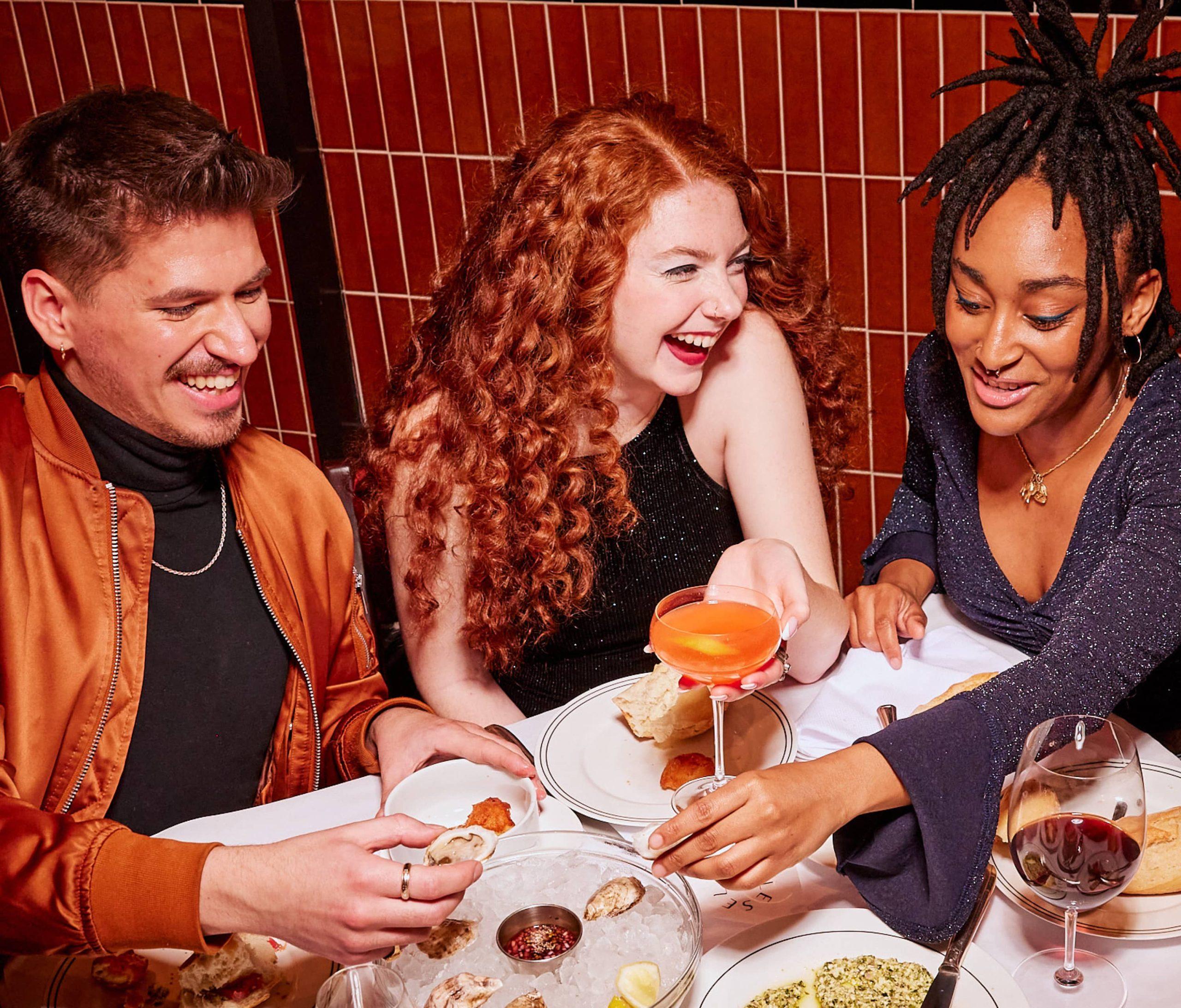We all know by now of the the long and growing list of pubs, restaurants, and coffee shops waging war on the plastic drinking straw. If you ever thought that didn’t sound like a big deal considering the larger problem at hand, Wetherspoons alone have saved 70 million straws from the tip each year. But you’d also be right – the anti-straw stance adopted by Wetherspoons and the like generally doesn’t cover the multitude of other single-use plastics involved in the industry: cling film, freezer bags, vac pac, bottles, and so on. And certainly there’s more ways restaurants can eliminate plastic.
Ways restaurants can eliminate plastic
Cling film
Take cling film as an example – there is seemingly no end to it. Spring’s Skye Gyngell said her restaurant has used enough cling film to stretch from Spring, her restaurant at Somerset House, all the way to Istanbul.
To chefs like Skye (Jason Atherton and Ian Rankin to name a couple), the drinking straw was the one that broke the camel’s back – they want their restaurants to be able to function completely sans plastic. And it’s not just the single-use stuff. By some time in 2019, Skye wants her restaurant to be 100% plastic free, cling film, storage containers, recipe files, and all.
Cling film is a fairly straightforward one. Spring has removed all traces of it, opting for beeswax wrap (essentially fabric coated in bees’ wax to create a reusable waterproof and airtight seal) and cellulose film when a fixed lid won’t suffice.
Plastic containers
Plastic containers are being switched out for glass-based alternatives, while aluminium cups are chosen over plastic ones. The real challenge? Bin bags, a reliable substitute to which the restaurant has not yet settled on.
Of course, it’s alright controlling what the restaurant uses. But trying to keep on top of what comes in is a different matter. Most suppliers rely on plastic, in its various forms, to transport their goods. A lot of which isn’t recyclable. But that’s not to say suppliers – like the restaurateurs they cater for – aren’t open minded in wanting to address the problem. Food Made Good’s new tool for helping reduce plastic is a good way to start ‘asking the right questions’. One of which involves ringing up suppliers to ask about the packaging they’re sending, and a rough total of how much of it they ship over. In just starting the conversation, there’s the potential that, even if there’s no way to recycle the plastic, the supplier or distributor will accept it back to reuse. Spring now, for instance, has everything delivered in cardboard boxes.
The supply chain
Going one step further, it’s worth enquiring as to whether suppliers are comfortable snubbing packaging altogether. Much like what Neil Rankin’s Temper does – because they buy in the whole animal, and butcher it on-site, there’s no need for any meat packaging. When there is a need, bio-plastics may be the solution we’re after. Origo, a bio-plastic made by CornWare, is one of the options helping supermarkets go plastic-free. Some Origo products take up to a few hundred days to break down (rather than plastic’s several hundred years). They’re just getting adapted to the hospitality market – Pure, the fast food chain with 14 branches in London, are the first to get on board.
Getting creative
Meanwhile, some restaurants are going beyond what occurs in their own realm. Like ODE-truefood in Devon, which offers free coffee for guests who can fill up a bucket of beach waste. They’ve also encouraged other local hospitality businesses – cafes, shops, and restaurants – to switch to bio-plastics, clinching a deal that reduces the going rate on this kind of packaging to 300 businesses in the area.
While some would call this going further than perhaps one needs too, it draws attention to the wider issue of how much stuff is close to permanently polluting the planet and disrupting the wildlife we share it with. Ditching the plastic straw is the first step. Isn’t it time we looked to take on the next one?




